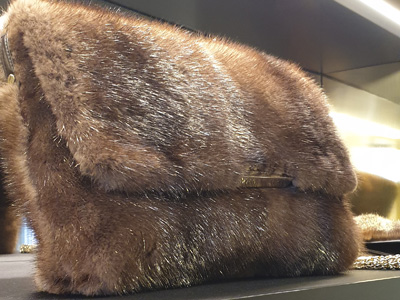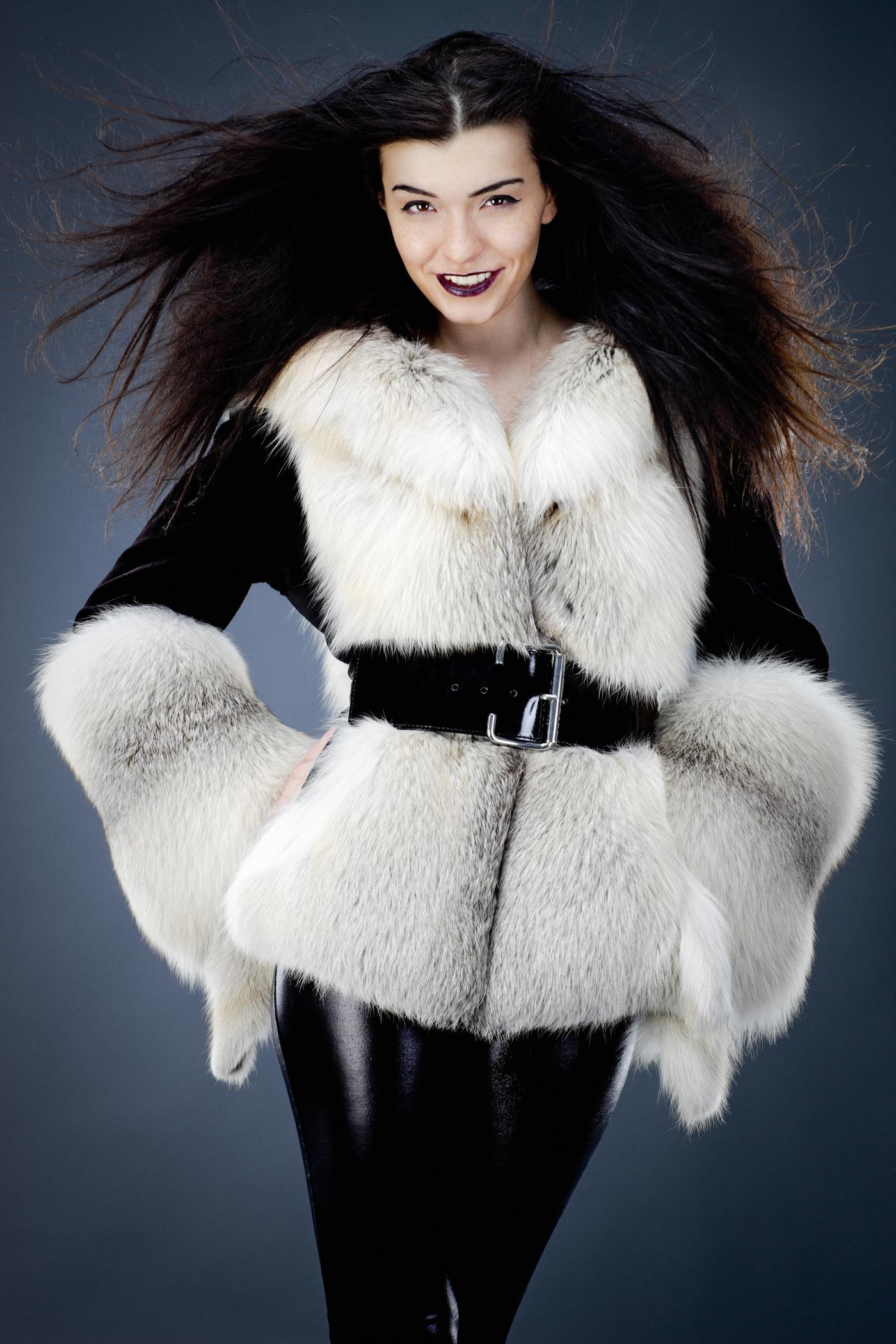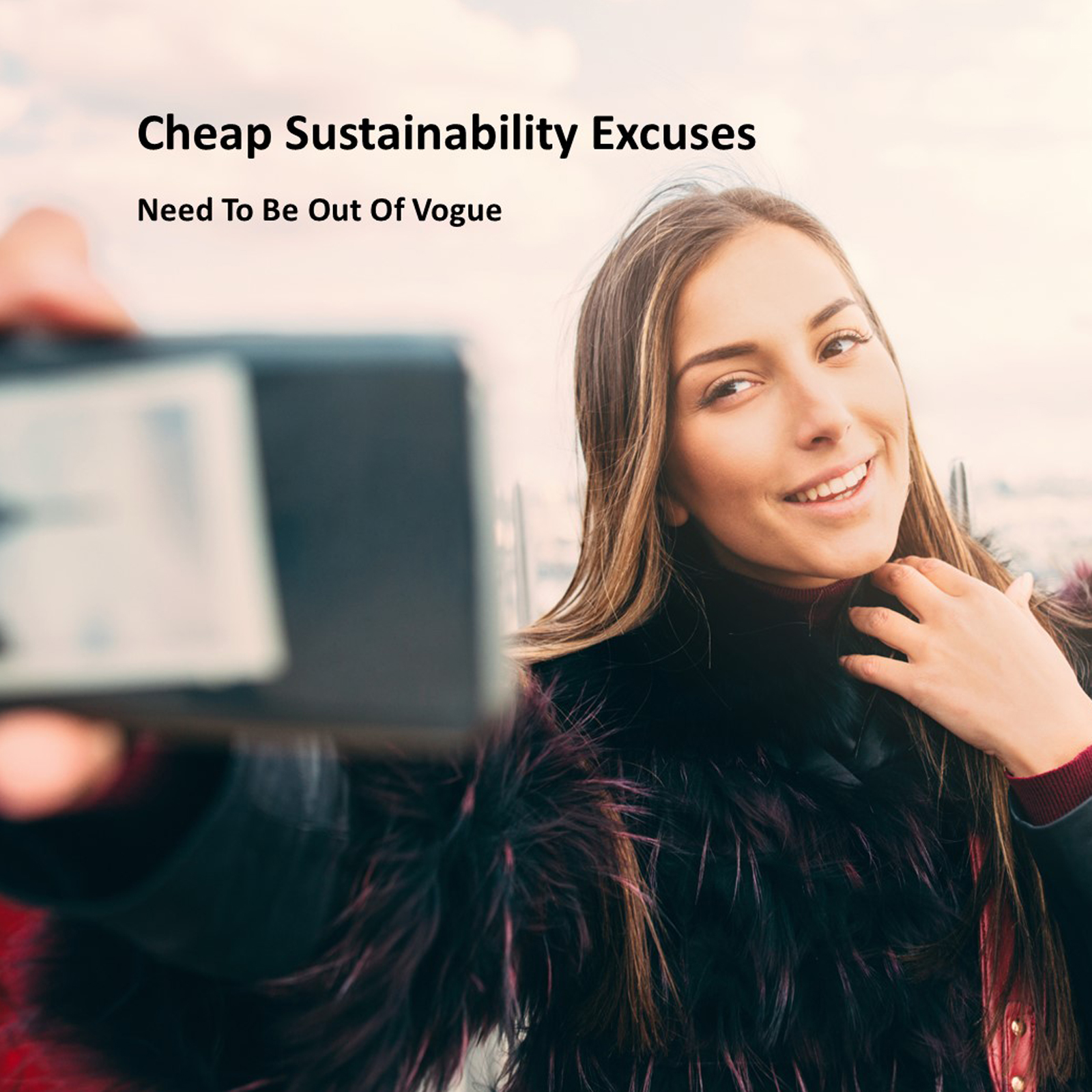Fur: It’s A Body Part Not A Fabric
Industry’s forty-year game to drive back up the desire.

Image danchooalex
Lynn Johnson
8 May, 2020
The fur industry has played a forty-year game to drive back up the desire for its product. And fashion’s on-again-off-again relationship, with this animal body part, provides ample evidence the the industry’s patient approach is working.
Much of the fur trade’s recovery stems from its strategic de-coupling from elitism; basically, fur has gone down market. For some of the world’s leading designers it is fur’s loss of status that has led them to abandon it, rather than any ethical concerns. “Inexpensive real fur has become commonplace in fast fashion” Ed Winter, Co-Founder of Surge, confirmed, “the reality is parkas with real fur trim are sold on market stalls.”
National Geographic highlighted the fur industry’s strategy to nudge designers and consumers back to fur. “At the height of the anti-fur movement, fur auction houses started fighting back, by inviting young designers and design students to “flirt with the material early in their careers” said Julie Maria Iversen, of Kopenhagen Fur. The goal was to make fur just another fine fabric. But fur is a body part, not a fabric.
This investment in nudging and desensitising emerging designers has worked. Again, from the National Geographic article:
“These young designers have helped take the younger consumer on what Iversen calls “the fur journey…..We start with the young consumer buying a fur key ring, then maybe a little later she has more money for a fur bag,” she said. “Eventually she buys a full coat.” It’s “all part of the agenda, to inspire the upcoming generation of women.”

Image PARNTAWAN
Research by the University of Copenhagen shows fur retail values for Germany, the UK, Russia, the USA and China, totalled US$30 billion in 2015; in 2016 fur sales in the UK were £162m, up 350% from 2011. This growing profitability means not all luxury brands have turned their backs on fur as it lost its luxury lustre.
To ensure long term profitability, a new phrase has crept into the vocabulary of the luxury industry – brand corruption.

Image For the Love of Wildlife
To attract millennial HENRYs (High Earners Not Rich Yet) top luxury brands are increasingly open to ‘corrupting’ their heritage brands by partnering with streetwear designers and social media influencers. Young designers and customers alike are being tolerated as a ‘corruption’ to ensure future profitability, but not all investors are happy with this approach.
It’s not hard to find fur lined luxury parkers on Instagram. But it isn’t only streetwear, it is also Scandi 2.0 that is aiding the recovery of fur, as highlighted in a 2019 article, which said: One ‘Scandi 2.0’ brand insists fur is still a reasonable material, highlighting Danish label, Saks Potts, who work with Kopenhagen Fur and counts Kendall Jenner a celebrity fan, launched in Australia.
Yes, Australia, a country where if you live in New south Wales, Victoria or Tasmania you might experience fur coat weather 2 days of the year (well a bit more in Tasmania maybe!). The Australian climate doesn’t deter the fur industry or retailers, they just need HENRYs to buy the product and there are plenty of HENRYs in Australia.
For now, the industry continues driving the agenda of desensitising and normalising these ‘fur products’ for a new generation; marketing them as just another fabric. Sadly, it is working, with a growing number of millennial influencers, such as Kendall Jenner, who are comfortable linking their personal brand and reputation to such products.
Whilst the fur industry has been happy to invest in a 40-year strategic marketing campaign, to nudge and win over young designers and new customers, it hasn’t made a similar commitment to improve supply chain transparency, regulation and strong animal welfare standards. A 2019 article describes dogs and puppies ‘neglected and starving’ in cages at a fur farm in Poland. “The dogs were found alongside foxes that were destined to be killed for their pelts. It was not clear why dogs were being kept at the farm or whether any had been slaughtered for their fur.”
After nearly 50 years of high profile campaigns, the fur industry’s culture hasn’t shifted much. It is irrelevant that a couple of companies have changed some of their business practices in relation to animal welfare. This is a global industry, who can’t or won’t police itself, resulting in animals screaming as they are being skinned alive.
Consumers and designers must send a clear message, if the industry wants to survive; it must deal with its global, systemic problems. If it can’t or won’t, it is time to nudged the fur industry in to the history books.

Image anouchka

Subscribe To
[mc4wp_form id=”29″]




